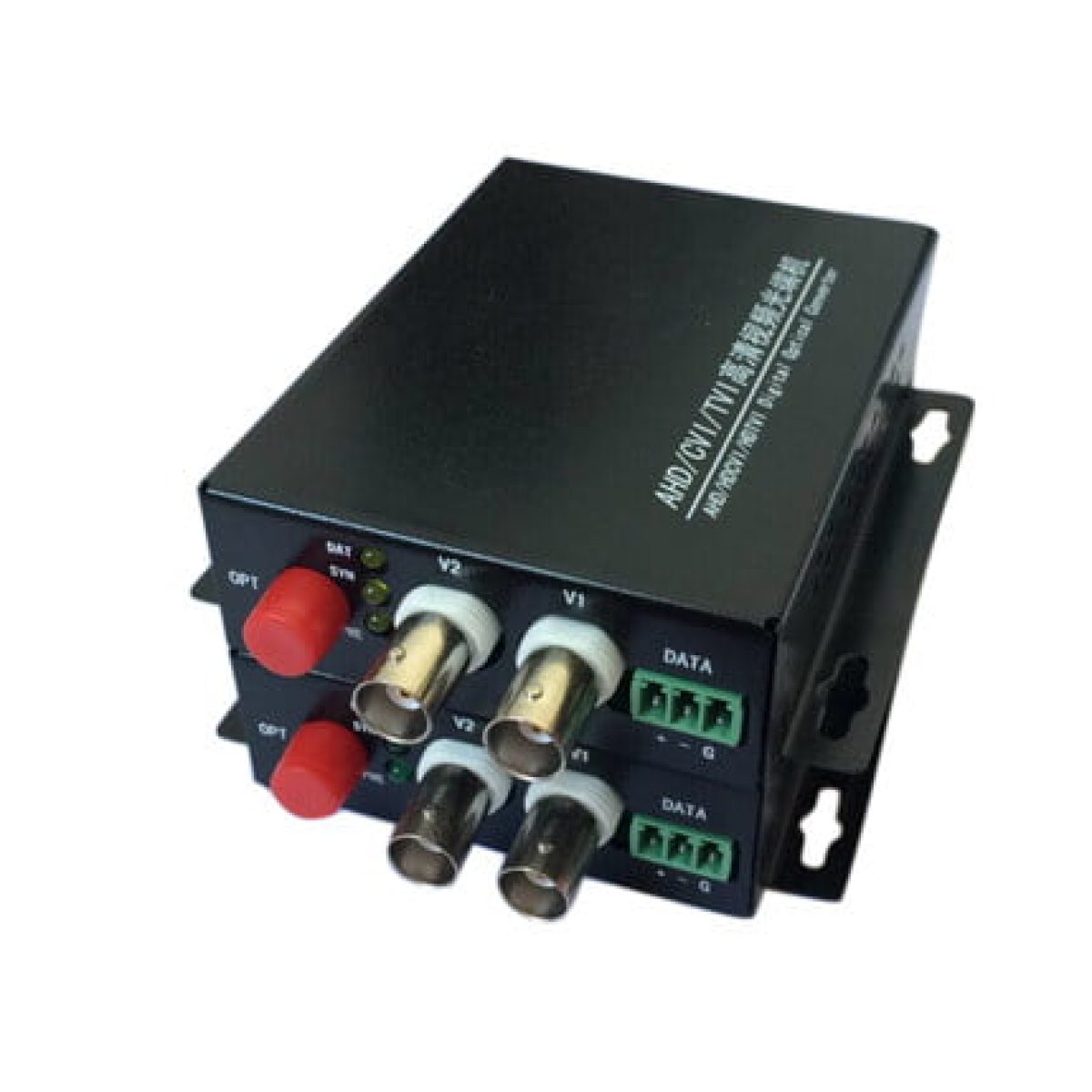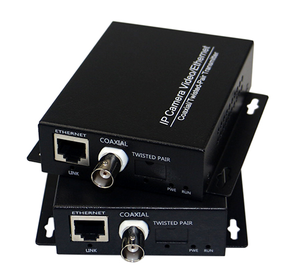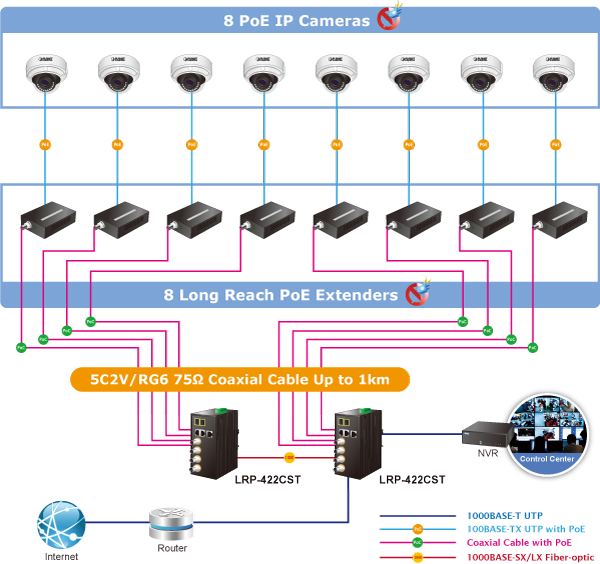Understanding the Benefits of CCTV Fibre Optic Cable in Advanced Security Systems
Leading Factors to Choose CCTV Cameras With Fiber Optic Outcome for Reputable Surveillance
In the evolving landscape of security modern technology, the option of CCTV video cameras with fiber optic outcome presents an engaging situation for reliability and efficiency. These systems not just deliver remarkable image high quality and prolonged transmission distances yet likewise provide strength against electro-magnetic interference, making certain nonstop efficiency. As the demand for top quality security remains to climb, understanding the cost-effectiveness and adaptability of these setups ends up being paramount. The effects of these advantages expand far past simple monitoring, triggering a more detailed examination of their duty in modern safety techniques.
Superior Image Top Quality

This enhanced picture high quality is particularly essential in setups needing precise monitoring, such as financial institutions, airports, and critical infrastructure. The high bandwidth of fiber optic innovation supports sophisticated features like high-def video and dynamic array, enabling much better visibility in low-light problems.

Extended Transmission Range
Among the substantial benefits of CCTV electronic cameras with fiber optic output is their capacity for extensive transmission distance. Unlike traditional copper cable systems, which are restricted by signal degradation over fars away, fiber optic innovation enables the transmission of top notch video signals over a number of kilometers without loss of quality. This ability is particularly beneficial for big facilities, universities, or urban atmospheres where security protection is essential.
The usage of fiber optics in CCTV systems allows smooth assimilation throughout comprehensive locations, assisting in the deployment of video cameras in remote locations that would certainly or else be challenging to attach. This prolonged transmission range is not just advantageous for scalability but also for the adaptability in system layout. Installers can tactically put video cameras to optimize coverage, guaranteeing that vital locations are checked properly.
Furthermore, the capacity to cover lengthy ranges without the need for repeaters or extra tools decreases total installment complexity and costs. fence detection system. As an outcome, companies and companies can execute durable monitoring solutions that preserve high performance over large areas, boosting protection methods and functional efficiency. In recap, the extensive transmission range provided by fiber optic output stands as a compelling factor to select these sophisticated CCTV systems for trusted surveillance
Enhanced Disturbance Resistance
The sophisticated technology of fiber optic outcome not only promotes extended transmission ranges however also supplies boosted interference resistance. Fiber optic cable televisions transmit information as light signals with glass or plastic fibers, making them naturally unsusceptible to electro-magnetic interference (EMI) and radio frequency disturbance (RFI) This characteristic is particularly useful in atmospheres where electronic devices might create sound, such as industrial setups or largely populated metropolitan locations.
Unlike typical copper cords, which can serve as antennas and select up unwanted signals that weaken video quality, optical fiber maintain signal stability over cross countries. This guarantees that the surveillance video footage captured continues to be clear and dependable, despite external electro-magnetic disturbances. Additionally, fiber optic my company cables are much less vulnerable to signal loss as a result of depletion, enabling high-grade video clip transmission even in tough problems.
Moreover, making use of optical fiber contributes to general system protection, as the signals can not be easily tapped or interfered with, lowering the danger of unauthorized gain access to. By spending in CCTV cameras with fiber optic output, individuals can enjoy exceptional performance and satisfaction, understanding that their surveillance system is see post resistant versus interference and with the ability of providing consistent, high-grade video footage.
Cost-Effectiveness In Time
Over time, the cost-effectiveness of CCTV cameras with fiber optic result ends up being increasingly evident. While the first investment might be greater than traditional copper-based systems, the lasting monetary benefits significantly counter this distinction. Fiber optic modern technology offers higher durability and lower maintenance costs, leading to less substitutes and repair services over the life-span of the cameras.
One of the significant cost-saving aspects is the minimized threat of signal deterioration over cross countries. Fiber optics maintain high-quality video clip transmission, which decreases the need for signal boosters and additional equipment that can drive up total expenses. The resilience of fiber cables versus ecological conditions suggests they are much less most likely to experience damage from weather, pests, or electro-magnetic disturbance, converting to reduced replacement prices.
In addition, the power efficiency of fiber optic systems adds to reduced functional expenses. These electronic cameras commonly require less power to run compared to traditional systems, thus reducing power expenses over time. When integrated with the potential for improved safety and security end results, the general return on investment for CCTV electronic cameras with fiber optic result clearly demonstrates their cost-efficient benefits in reliable security options.
Versatile Installation Options
With an array of flexible installation options, CCTV cameras furnished with fiber optic result can be perfectly integrated into numerous atmospheres. Their lightweight design and versatility in installing configurations permit installations in both indoor and outdoor settings, adapting to the particular needs of any kind of surveillance job.
From industrial residential properties to household locations, fiber optic CCTV systems can be tactically put to make best use of protection while minimizing dead spots. The ability to install these electronic cameras at differing heights and angles enhances their effectiveness in monitoring crucial locations. In addition, the long-distance transmission capacities of fiber optics decrease the need for repeaters, therefore streamlining installment in extensive areas.
Additionally, websites these cameras can be incorporated with existing facilities, such as posts or developing facades, which uses an affordable solution for updating security systems without considerable renovations. Their durability to ecological aspects also makes fiber optic cams appropriate for testing locations, including commercial sites or locations with high electro-magnetic interference.
Conclusion
